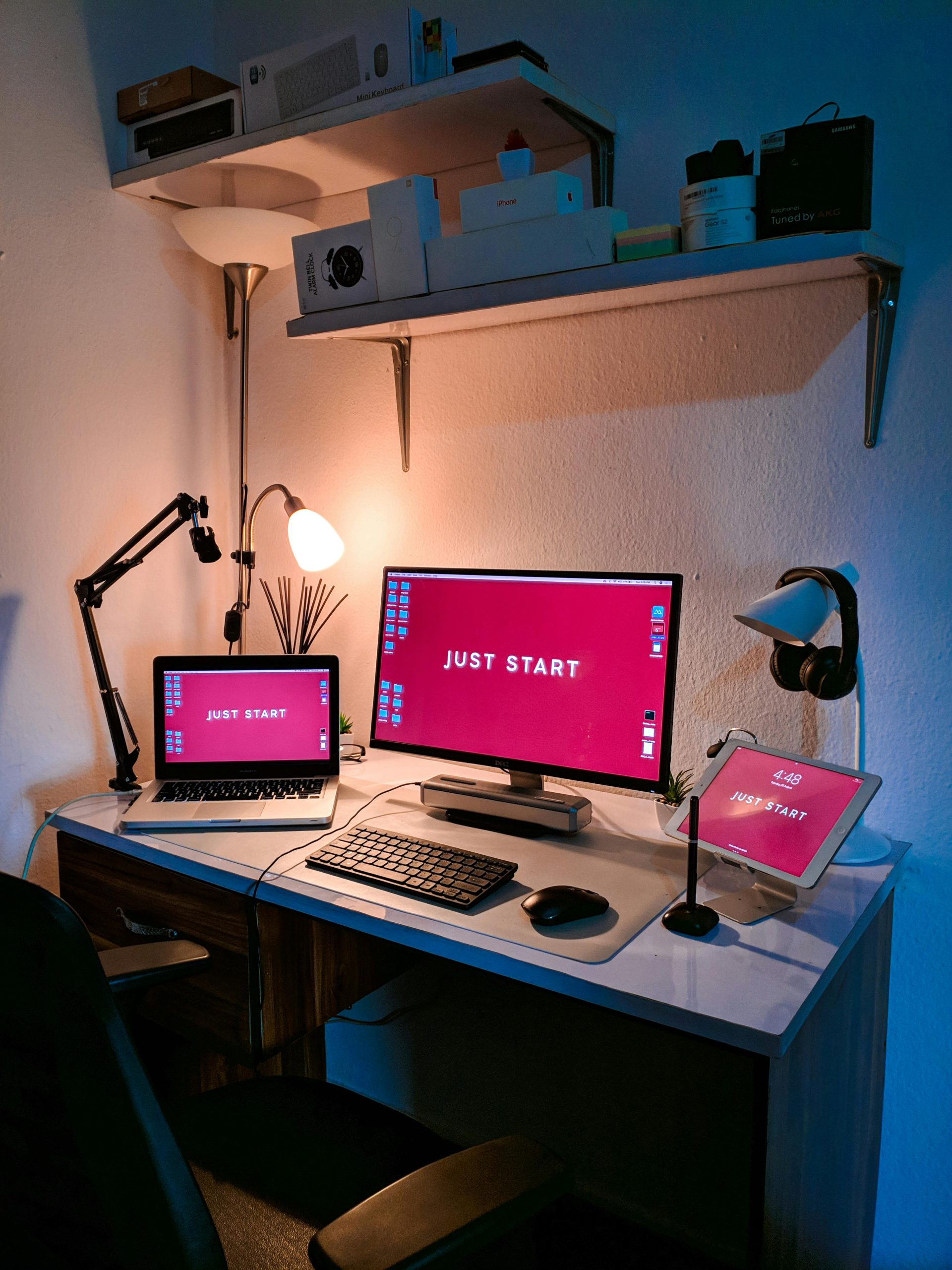Maximizing Performance on Your First Gaming PC: A Comprehensive Guide
Introduction: The Excitement and Challenges of Getting Your First Gaming PC
Purchasing your first gaming PC is an exhilarating experience that opens up a whole new world of interactive entertainment. With this comes the desire to make sure you’re optimizing the machine for its intended purpose — gaming. However, getting acclimated to the settings and enhancing performance can be daunting, especially if you are new to the technical aspects. This article aims to provide you with a detailed guide on maximizing your gaming PC’s performance while addressing common concerns such as overclocking, system temperatures, graphical settings, and more.
Understanding the Basics of Gaming PC Performance
1. Components and Their Roles
Every gaming PC comprises several vital components, each contributing to its overall performance. Understanding these can help you make informed decisions on settings and potential upgrades:
-
CPU (Central Processing Unit): Often considered the brain of your PC, it processes instructions necessary for your games to run.
-
GPU (Graphics Processing Unit): Handles rendering images, videos, and animations, playing a crucial role in gaming performance.
-
RAM (Random Access Memory): Allows your PC to store and access data quickly, crucial for multitasking and running games smoothly.
-
Storage (HDD/SSD): SSDs offer faster load times, directly impacting how quickly your games and applications start up.
-
Cooling System: Keeps your PC from overheating during intensive processing tasks.
2. Overclocking: Enhancing Performance with Caution
Overclocking involves adjusting the settings of your GPU or CPU to run at higher speeds than those certified by the manufacturer. While it can lead to increased performance, there are both advantages and disadvantages to consider:
- Advantages:
- Increased Performance: Can offer higher frame rates and smoother gameplay.
-
Better Utilization: Makes the most out of high-end hardware setups.
-
Disadvantages:
- Increased Heat Production: Overclocking generates additional heat, potentially impacting hardware longevity if not managed properly.
- Instability and Crashes: Pushing components beyond their limits can lead to system instability.
- Void Warranties: Some manufacturers might void warranties if overclocking is detected.
Safe Overclocking Practices:
– Use reputable software like CPU-Z for monitoring and adjustments.
– Gradually increase clock speeds and test stability with benchmark software like 3DMark.
– Ensure your cooling system is effective to handle the extra heat.
Settings to Maximize Gaming Performance
1. Graphics Settings and Optimal Configurations
You can enhance game performance by fine-tuning graphics settings. Here’s how:
- Resolution: Lowering it can improve performance but at the cost of visual fidelity.
- V-Sync and Frame Rates: Enabling V-Sync can prevent screen tearing but may limit your frame rate.
- Texture Quality, Shadows, and Anti-Aliasing: Reducing these can significantly increase your game’s performance.
2. The Role of Software and Drivers
Keeping your software and drivers up-to-date is vital for optimal performance:
- Graphics Drivers: Regular updates from NVIDIA or AMD can offer performance improvements and bug fixes.
- Operating System: Keep your OS updated to ensure compatibility and security.
- Game Updates and Patches: Developers often release updates improving game performance.
3. Other Performance Tools and Applications
There are various tools available to help you manage and boost your PC performance:
- Game Mode in Windows 10/11: This detects when you’re gaming and adjusts resources for optimal performance.
- CPU/GPU Monitoring Tools: Applications like HWMonitor will help you keep an eye on temperatures and component usage.
Identifying When Your PC Is Struggling
It’s natural to feel anxious about overstraining your new PC, but here are tell-tale signs your PC is struggling:
- Frame Drops and Stutters: Continuous lagging and frame rate drops are clear signs.
- Overheating: Fan noise escalating is a sound indication of your PC working hard.
- System Crashes: Blue screens or automatic restarts may indicate overburdened specs.
Addressing These Concerns:
– Monitor temperatures and ensure adequate cooling.
– Try running games on different quality settings to see if performance stabilizes.
– Close unnecessary background applications to free up resources.
Anxiety About Pushing Your PC: When to Worry and When to Relax
A common concern among new owners is the apprehension of damaging the hardware. Here are some points to ease your mind:
- Hardware and Software Safeguards: Modern PCs often have built-in checks to prevent severe component damage.
- Stress Testing: Software like Prime95 can help identify how much strain your PC can handle.
- Regular Maintenance: Periodically clean your hardware and ensure fans are dust-free.
Conclusion: Enjoy Your Gaming Experience
Getting a grasp of your new PC’s settings, components, and signals of distress can feel overwhelming, but understanding these aspects will not only maximize your gaming experience but also prolong your hardware’s lifespan. Keep learning, experimenting, and playing to effectively utilize your gaming PC to its fullest potential. Happy gaming!
Share this content:




Response to Maximizing Performance on Your First Gaming PC
Congratulations on acquiring your first gaming PC! The journey into PC gaming can be both exciting and a bit overwhelming, but fear not—optimizing your new rig is well within your grasp.
Understanding Components: As you dive into maximizing performance, it’s essential to familiarize yourself with the key components of your PC. Make sure to monitor CPU and GPU temps—keeping them below threshold limits is crucial for longevity. You might want to download CPU-Z and HWinfo to help you keep a close eye on those metrics.
Overclocking Caution: If you’re considering overclocking, proceed with caution! Use utilities like MSI Afterburner for GPU adjustments and keep track of your system stability with PerformanceTest. Remember, stability should always take precedence over sheer performance.
Graphics Settings
Hi there, congratulations on your new gaming PC! It’s great that you’re eager to optimize its performance. Based on your post, here are some expert tips that might help you get started: